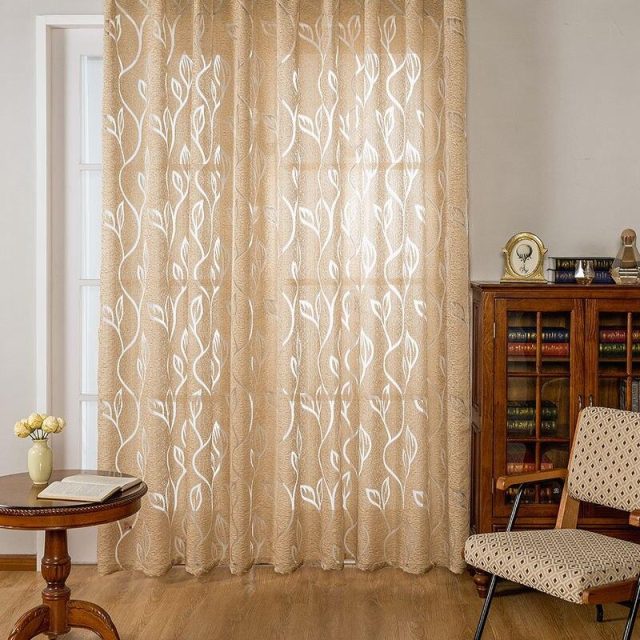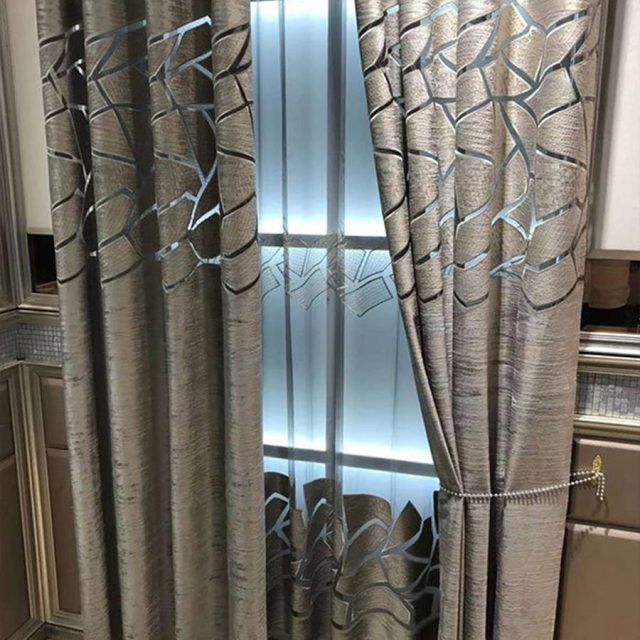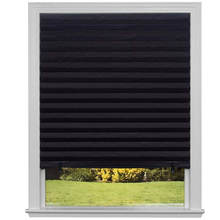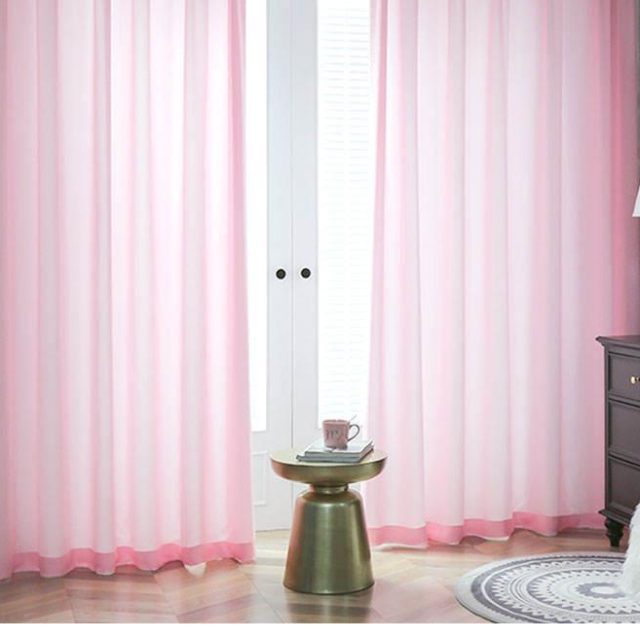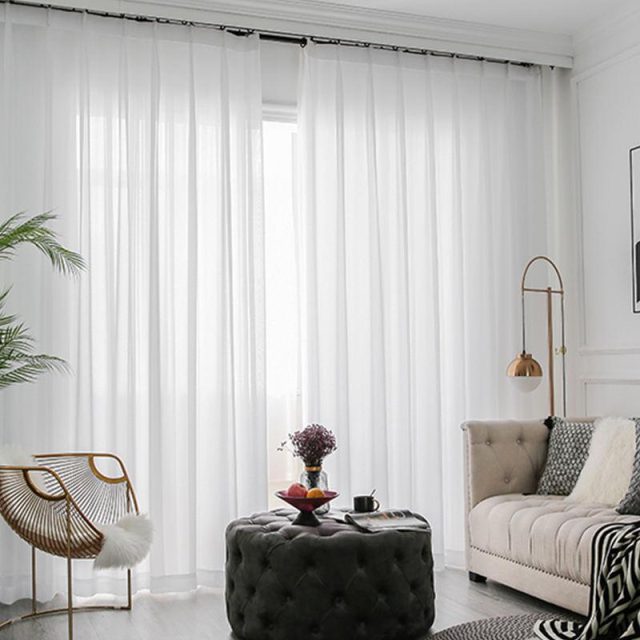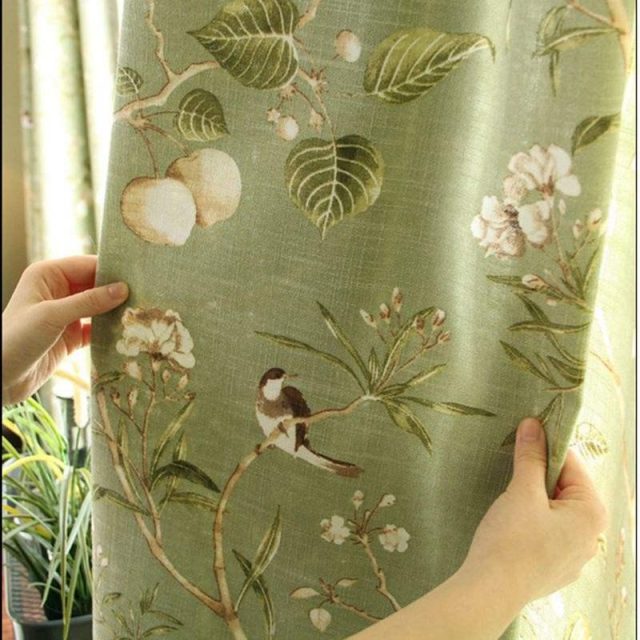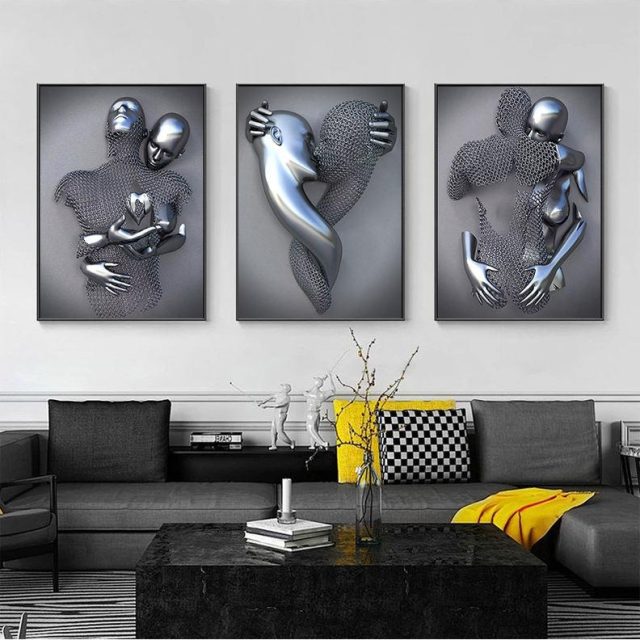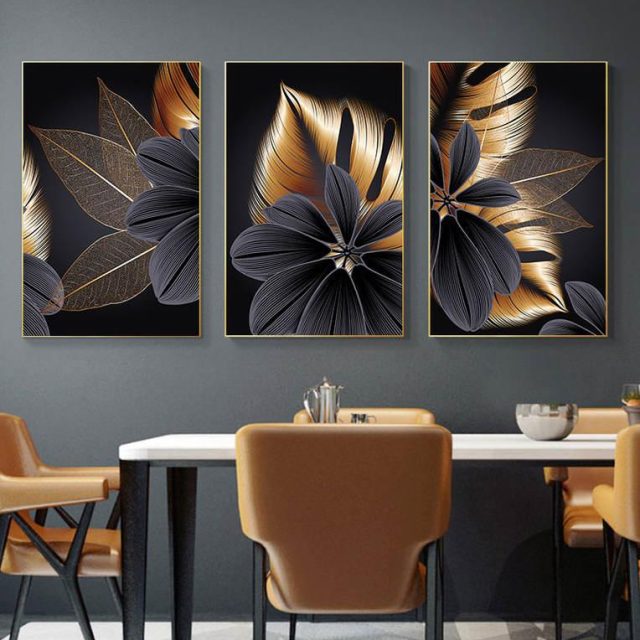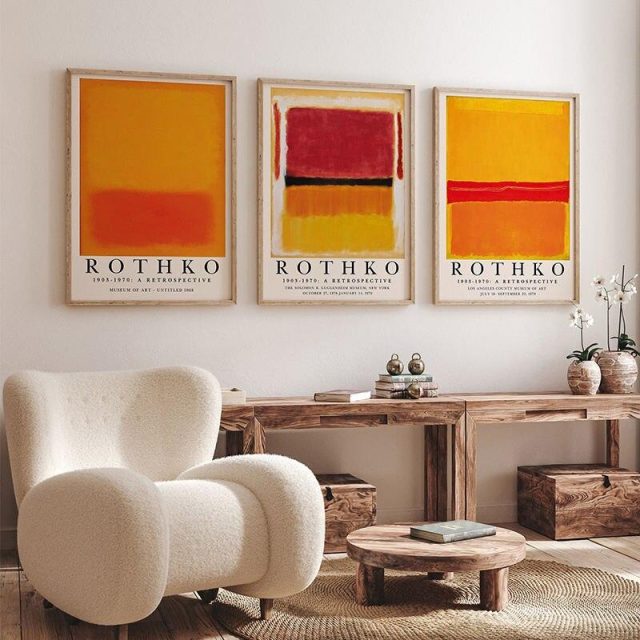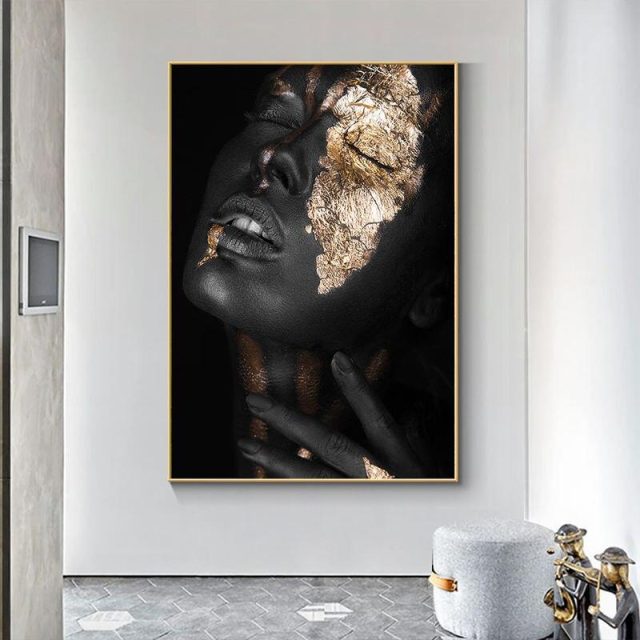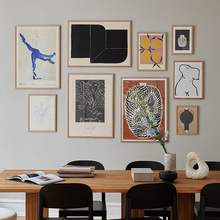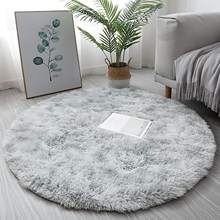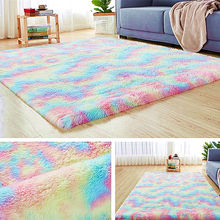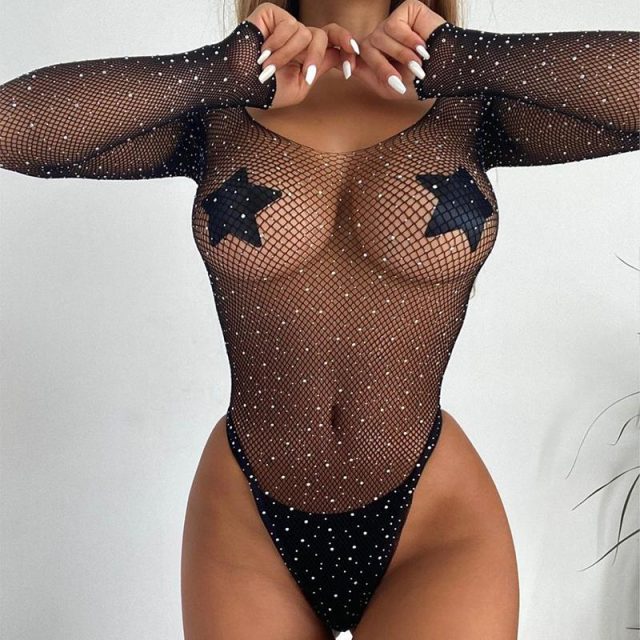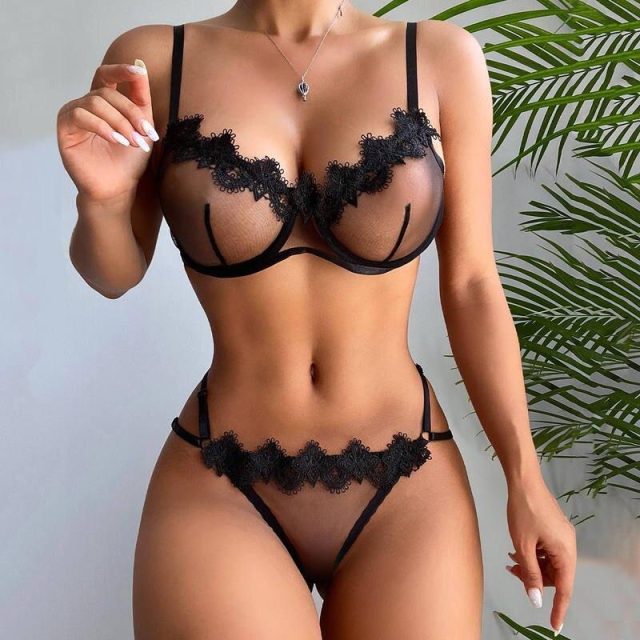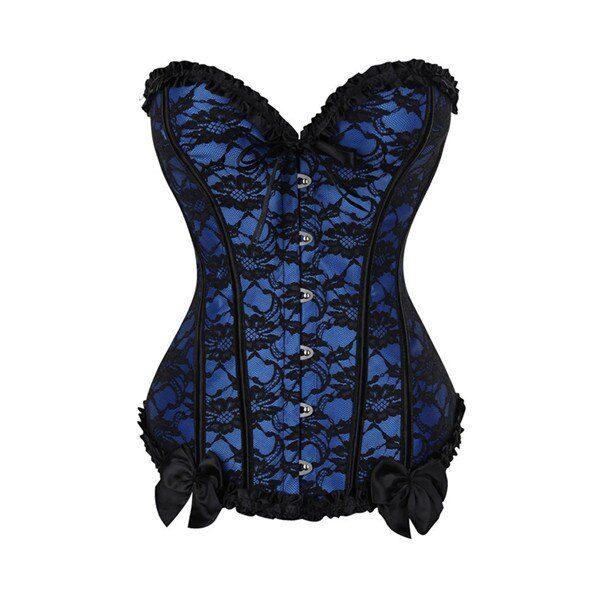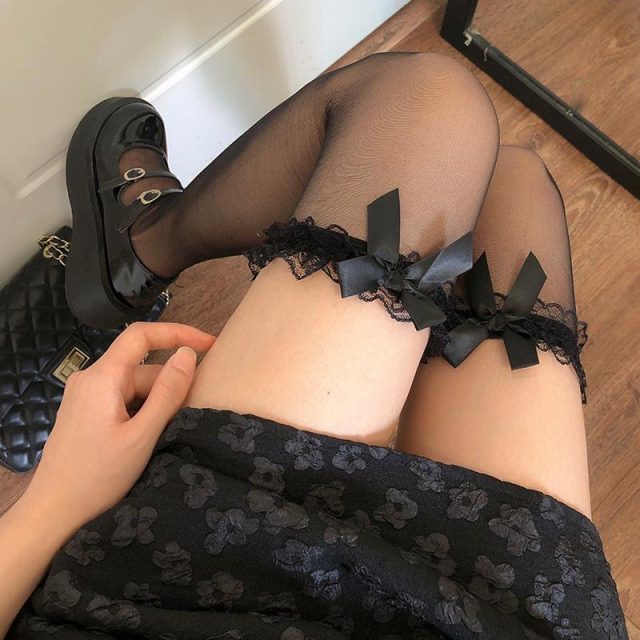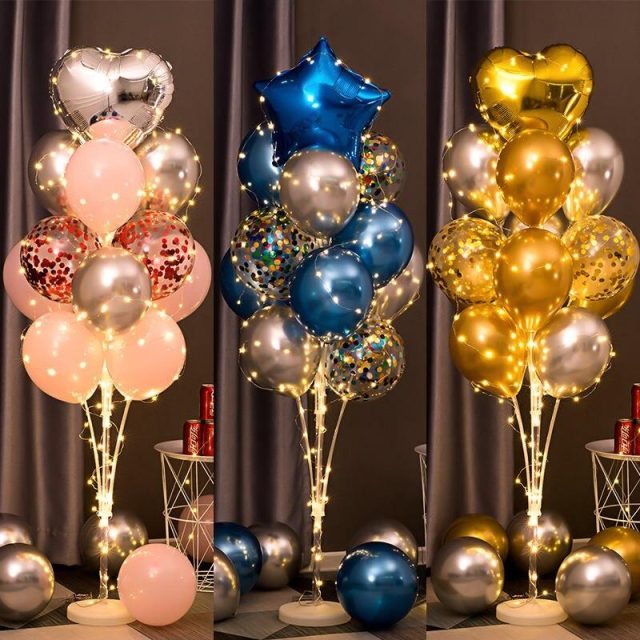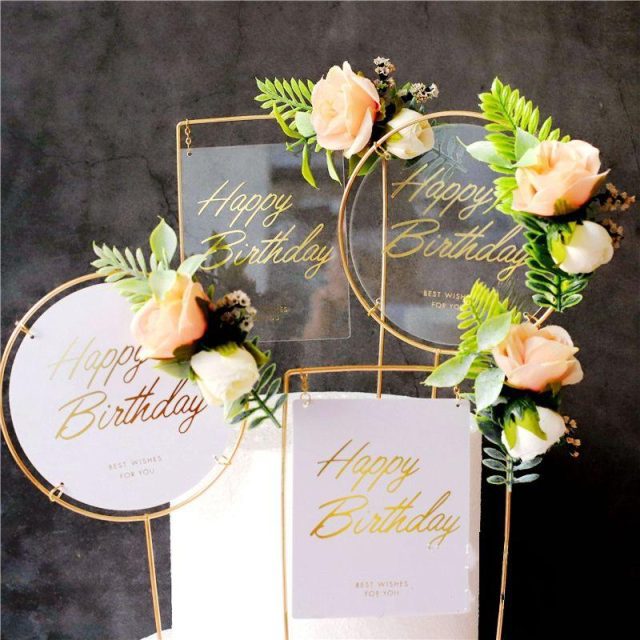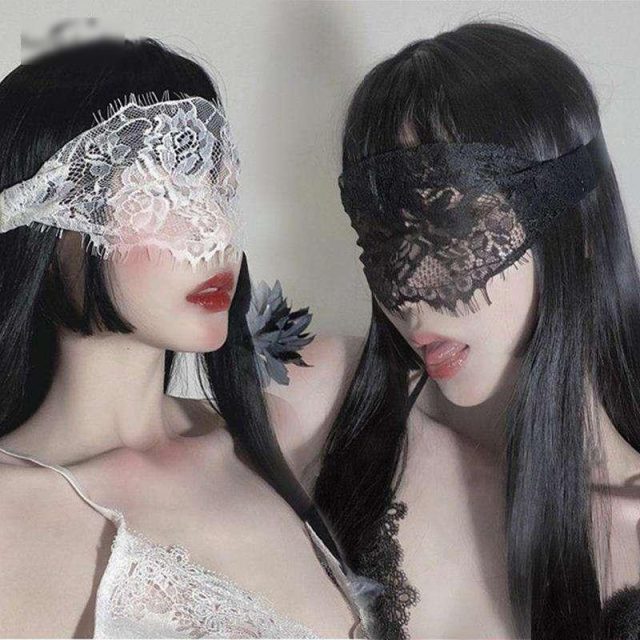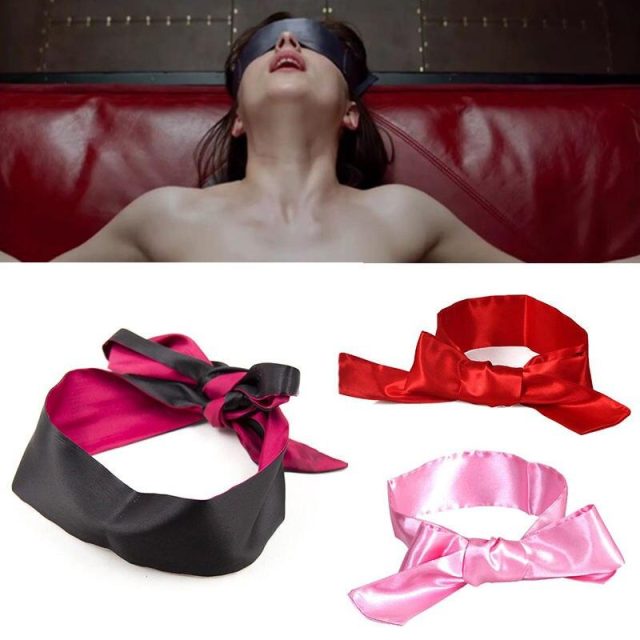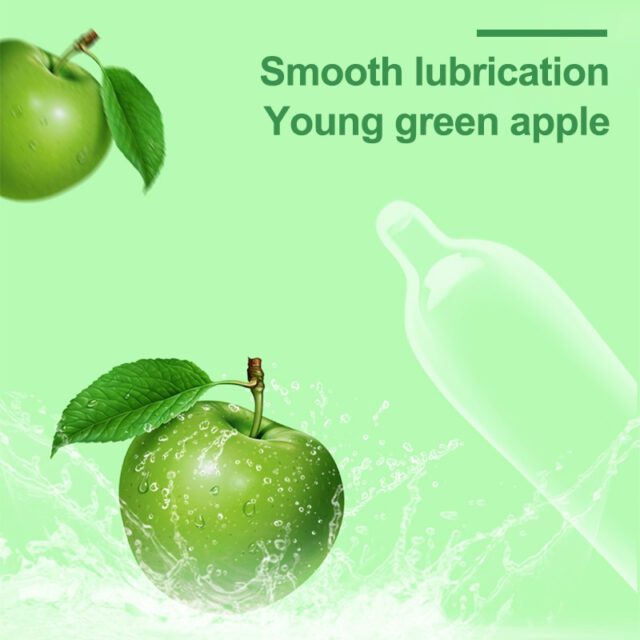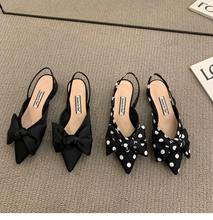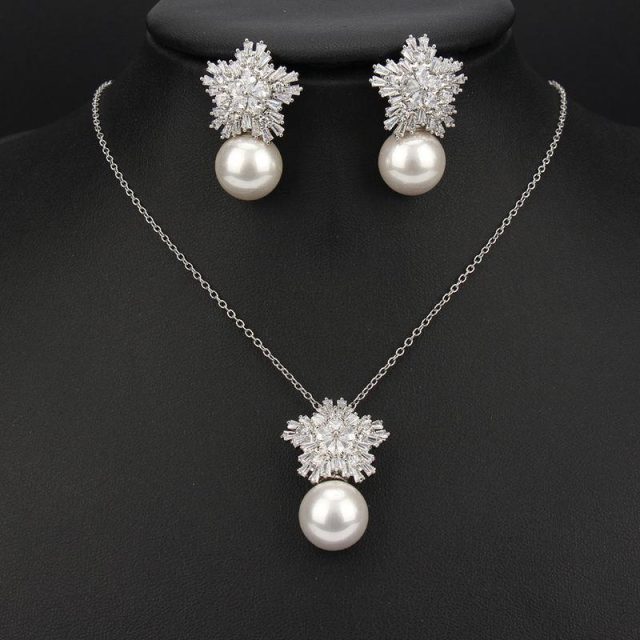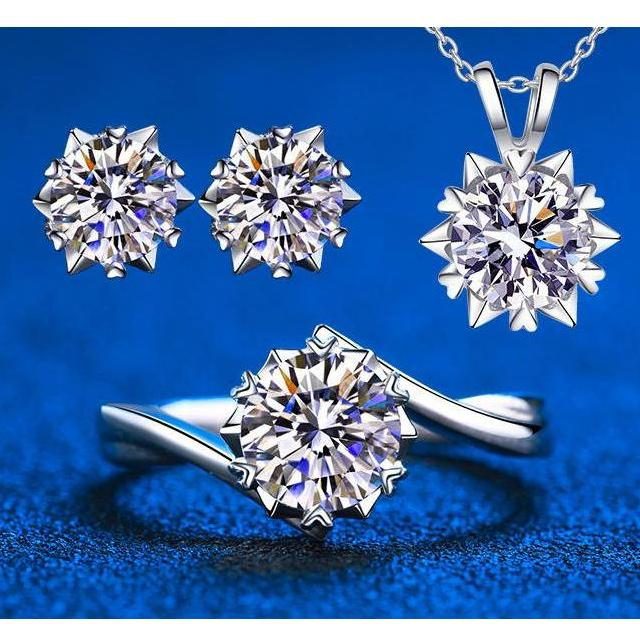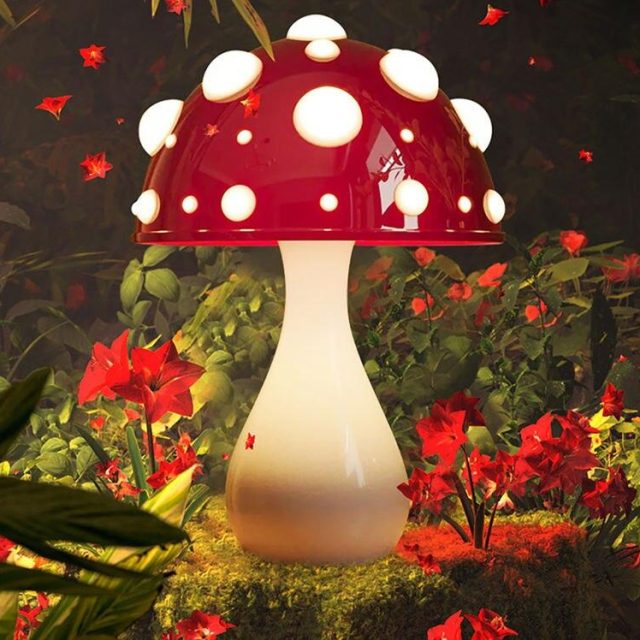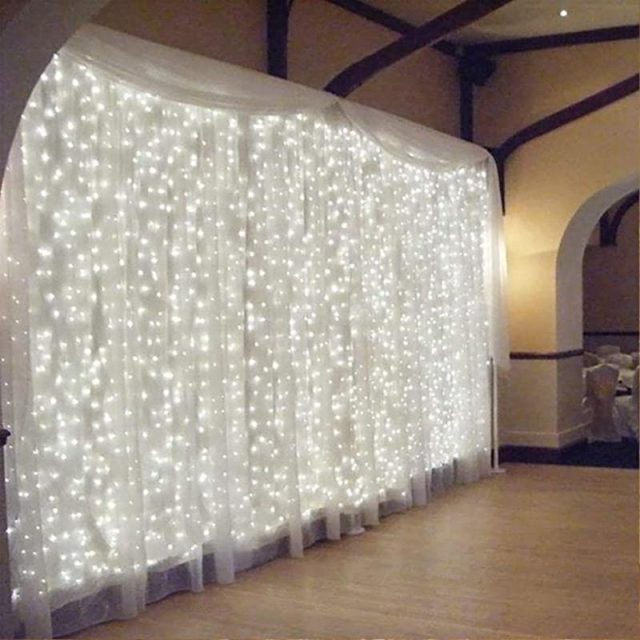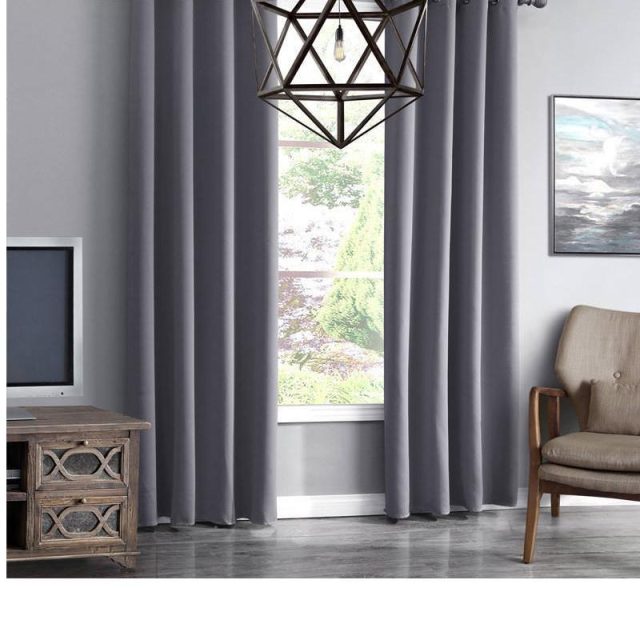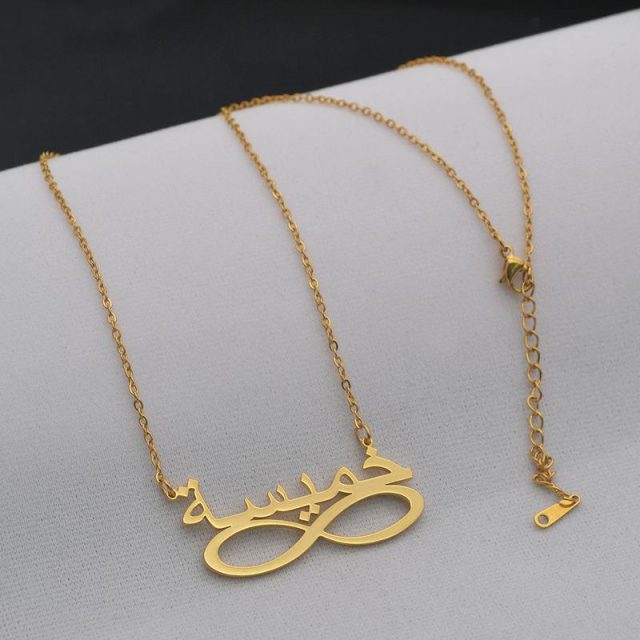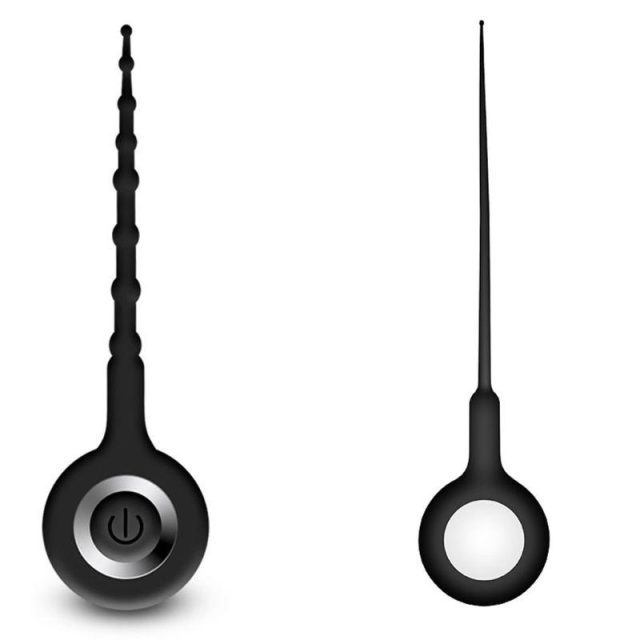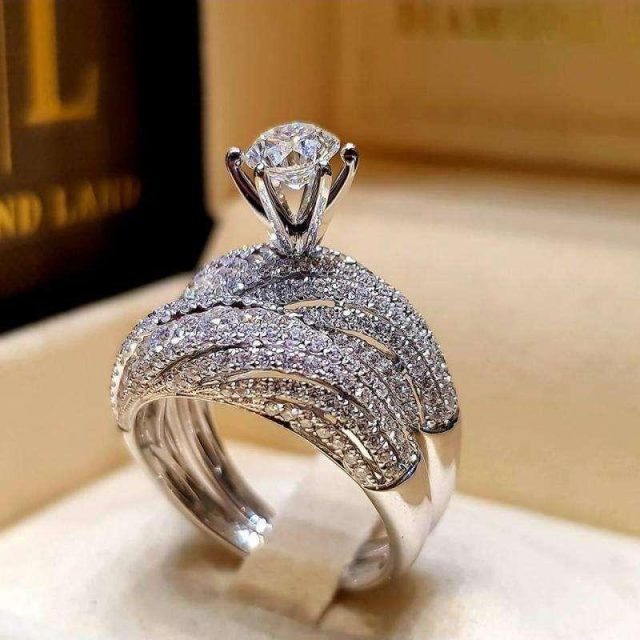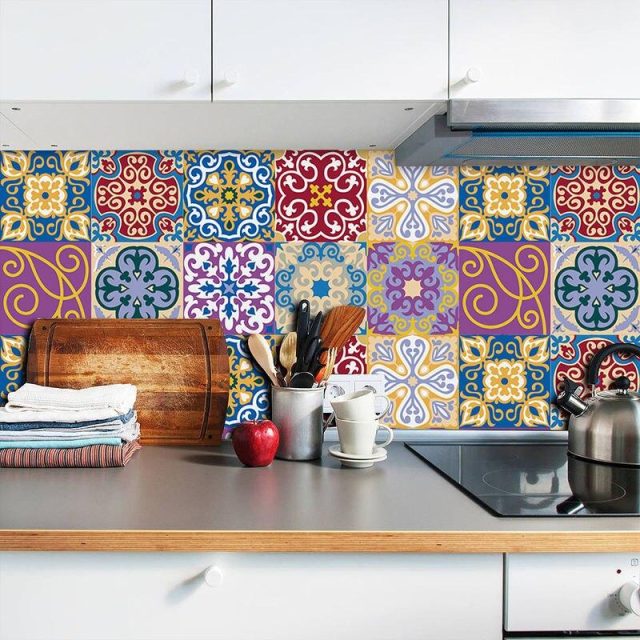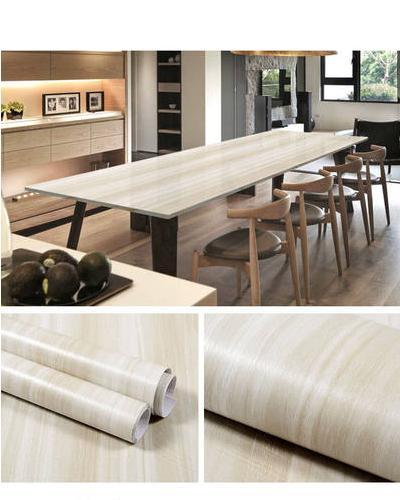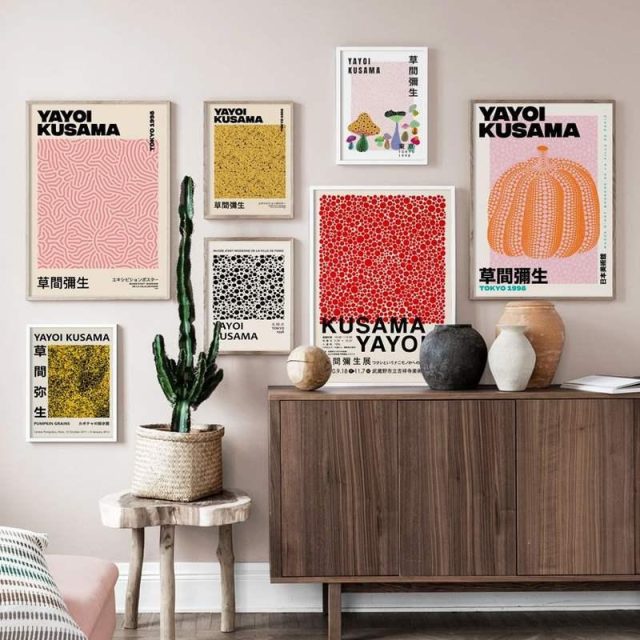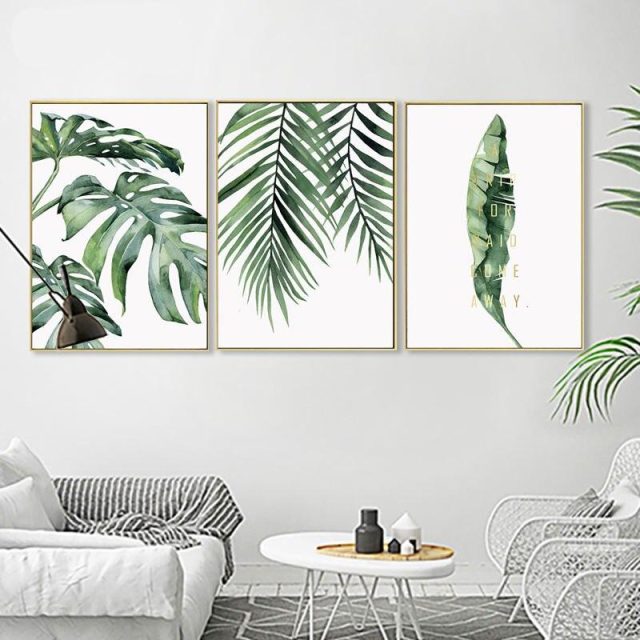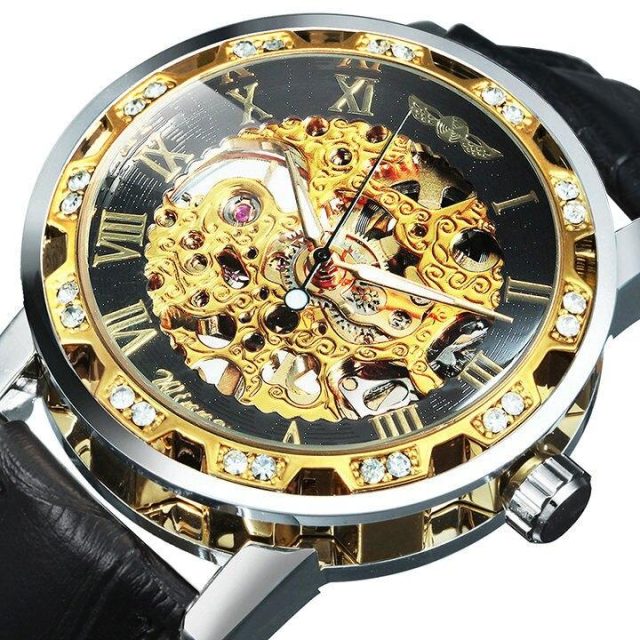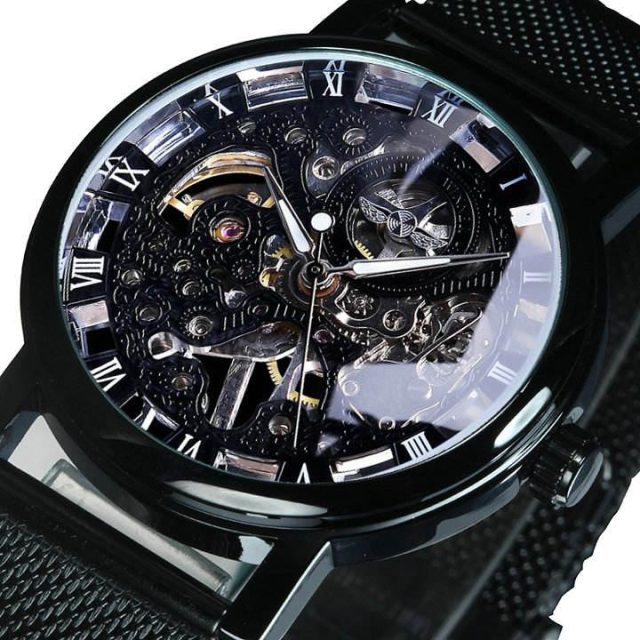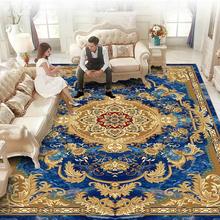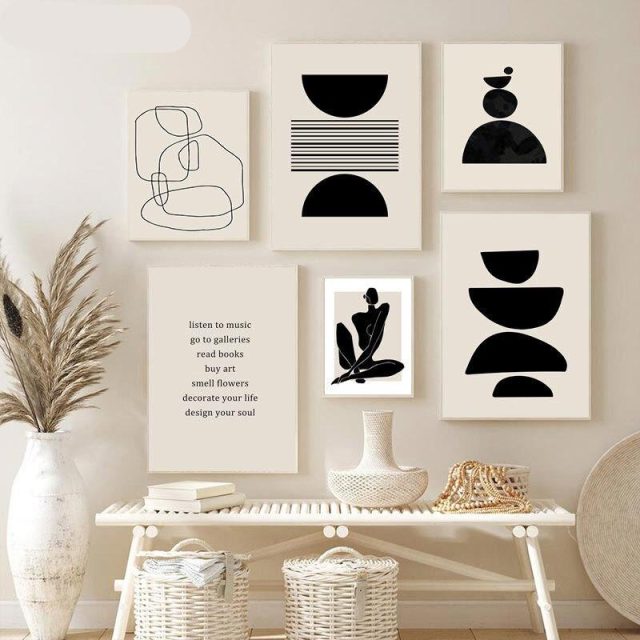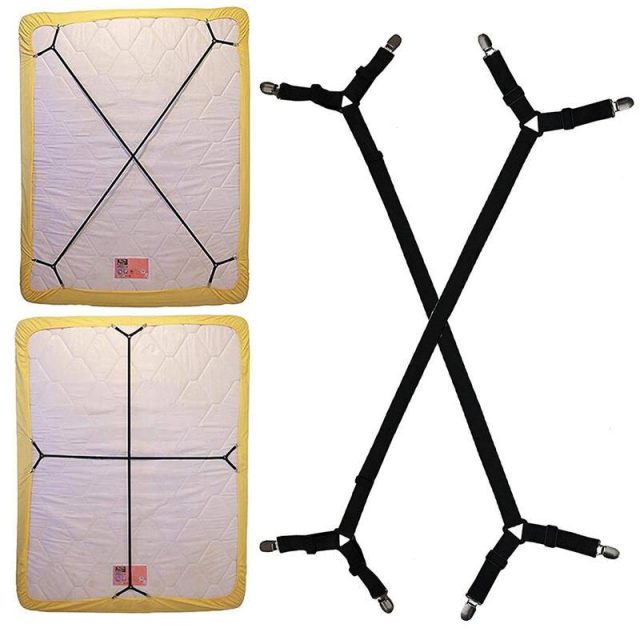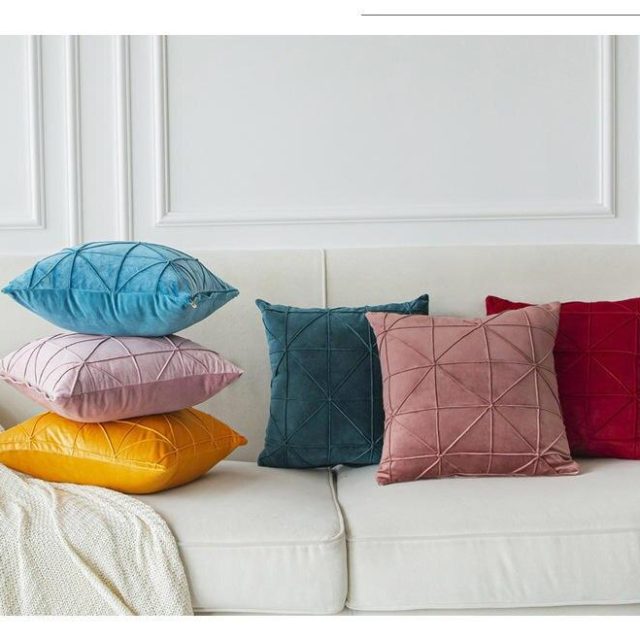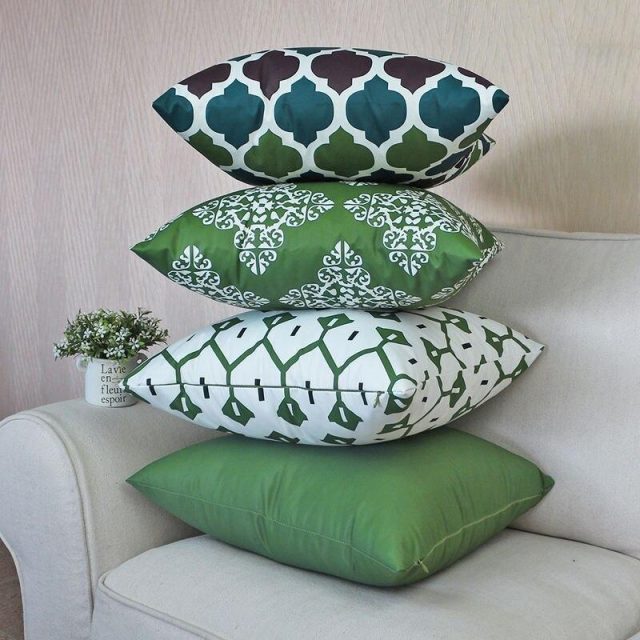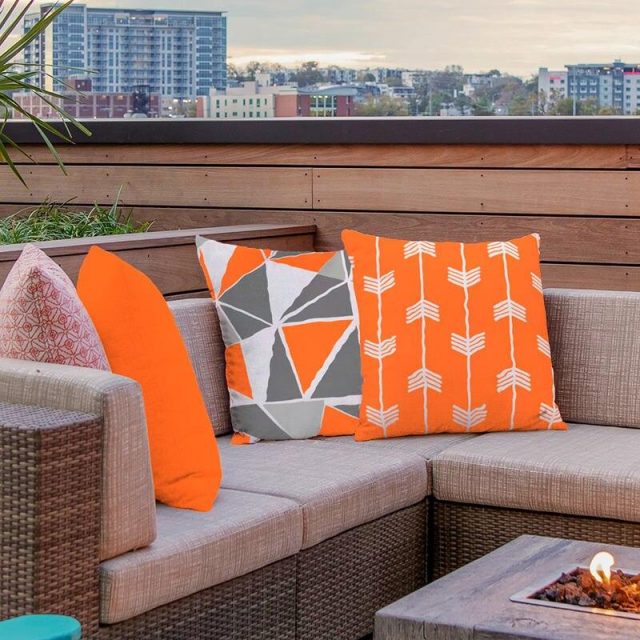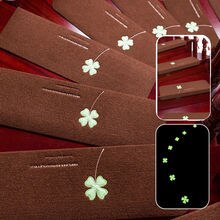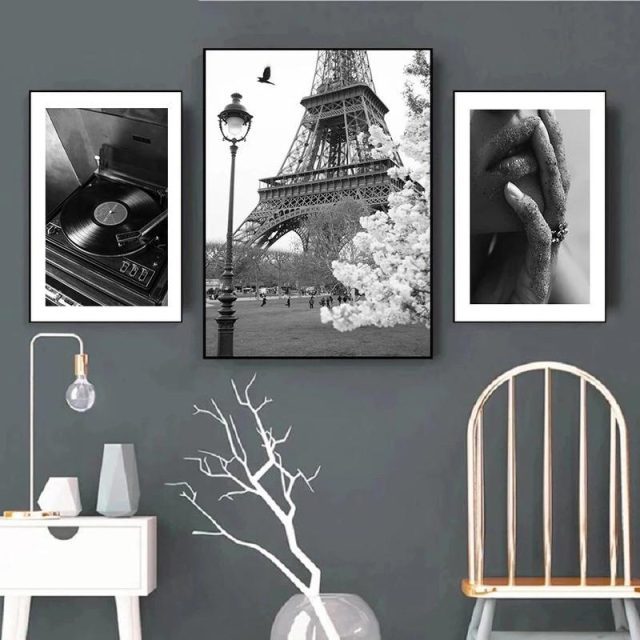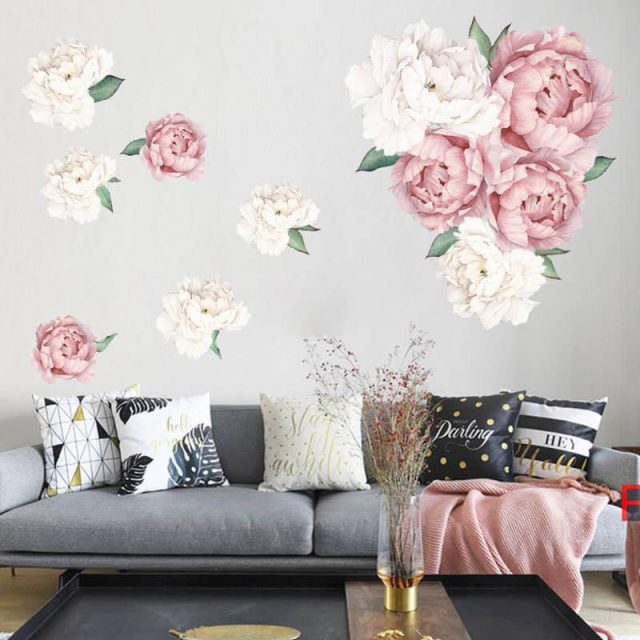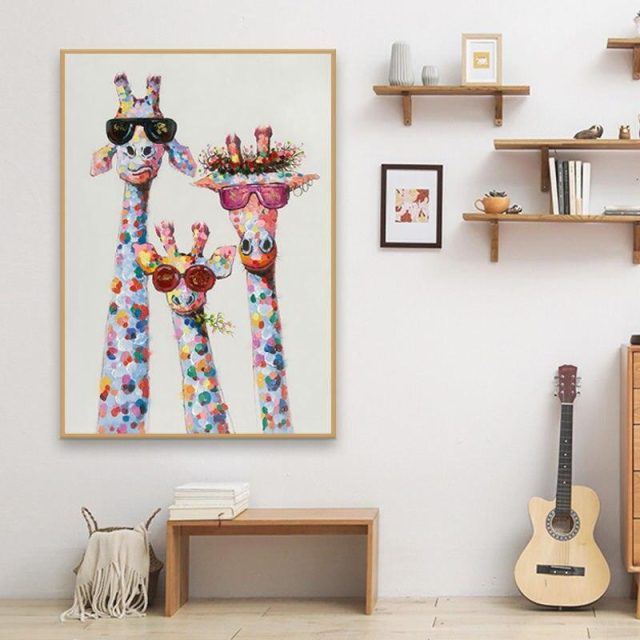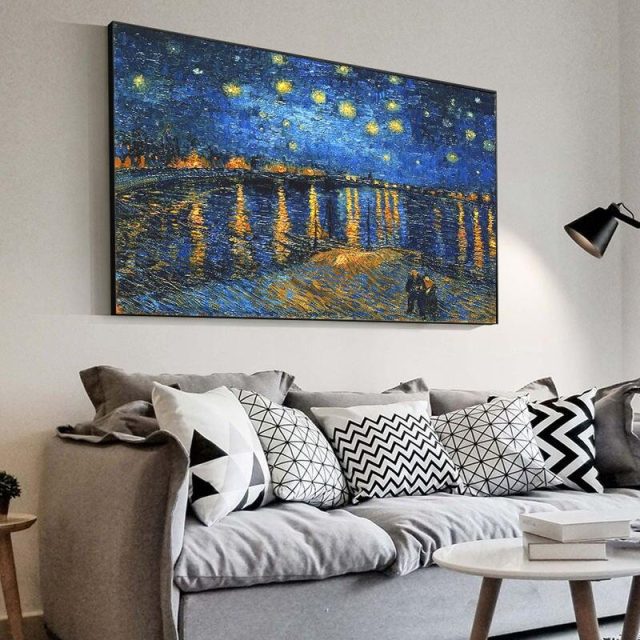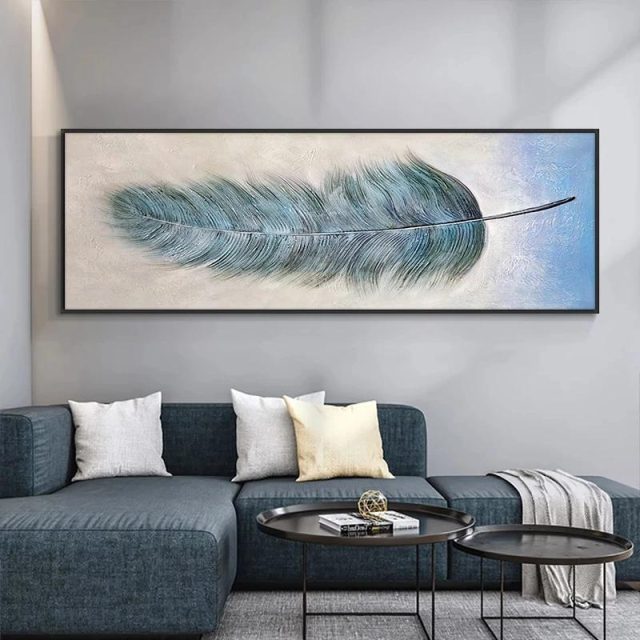Abstract Wall Painting | 100% Handmade Oil Painting | Living Room Wall Art | Modern Home Decor
Features:
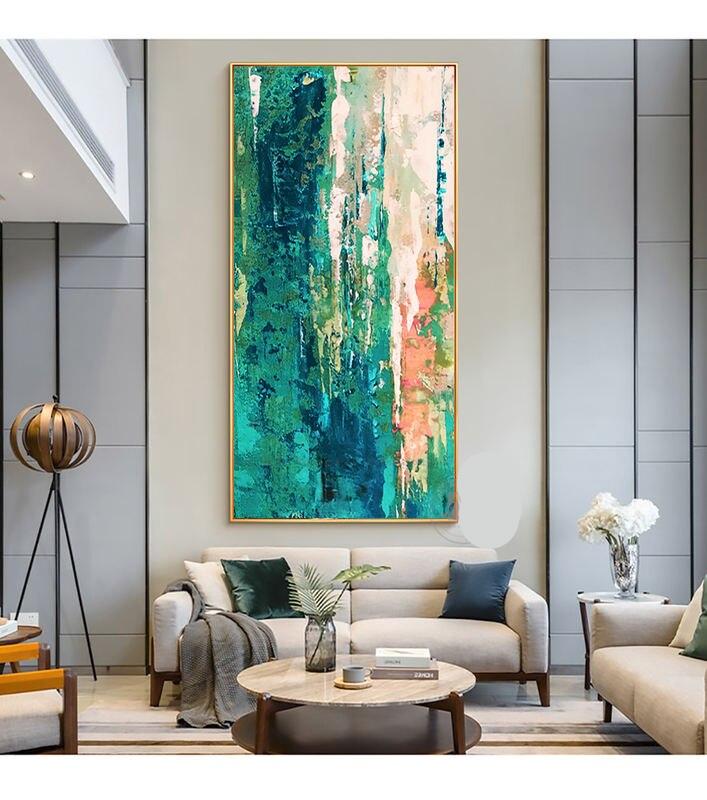
Abstract Wall Painting: A Diverse Expressive Art Form
Abstract wall painting is a captivating and dynamic genre within the realm of visual arts. It is a mode of artistic expression that diverges from the traditional and figurative representations seen in classical art.
Instead, abstract wall painting offers a realm of limitless creativity and innovation, where artists employ various elements and techniques to convey emotions, ideas, and perspectives in a non-representational manner. In this exploration, we will delve into the world of abstract wall painting, its history, characteristics, significance, and the diverse ways artists utilize this unique form of expression.
History of Abstract Wall Painting
The origins of abstract art can be traced back to the late 19th and early 20th centuries, a time marked by significant shifts in the art world. Artists like Wassily Kandinsky, Piet Mondrian, and Kazimir Malevich pioneered this movement, breaking away from the traditional representational art that had dominated for centuries.
These pioneers explored the idea that art did not necessarily need to depict the physical world but could express emotions, spiritual concepts, and abstract ideas.
Kandinsky, for example, believed that color and form had the power to convey emotions and that abstract art could create a direct connection between the viewer’s soul and the artist’s work. As a result, he and his contemporaries ventured into the world of abstract painting, laying the groundwork for a style that would evolve and diversify over the years.
Characteristics of Abstract Wall Painting
Abstract wall painting is characterized by several key elements:
- Non-Representational: Abstract paintings do not aim to represent objects, people, or scenes from the physical world. Instead, they focus on creating a unique visual language that transcends the tangible.
- Use of Color: Color is a fundamental element of abstract painting. Artists often use color combinations, contrasts, and harmonies to evoke emotions and set the mood of the artwork.
- Shapes and Forms: Abstract art employs various shapes and forms, both geometric and organic, to create compositions that challenge the viewer’s perception and invite interpretation.
- Gestural and Expressive: Some abstract paintings are created with energetic and expressive brushwork, creating a sense of movement and dynamism in the artwork.
- Texture: Texture can play a significant role in abstract paintings. Artists may use different techniques and materials to add depth and tactile qualities to their works.
- Composition: The arrangement of elements within the painting is essential. Abstract artists carefully plan the layout, balance, and visual flow to create a harmonious or intentionally disruptive composition.
Significance of Abstract Wall Painting
Abstract wall painting holds significant cultural and artistic value for several reasons:
- Freedom of Expression: It provides artists with unparalleled freedom to express their thoughts, emotions, and ideas without the constraints of representation.
- Individual Interpretation: Abstract art allows viewers to engage in personal interpretation. It encourages the exploration of one’s own feelings and responses to the artwork.
- Innovation and Experimentation: Abstract wall painting often serves as a playground for artists to experiment with new techniques, materials, and concepts, pushing the boundaries of what is possible in the visual arts.
- Universal Language: Abstract art has a universal quality, transcending linguistic and cultural barriers. It can communicate on a more profound and emotional level, reaching a broad spectrum of viewers.
- Emotional Impact: The use of color and form in abstract wall painting can evoke strong emotional responses in viewers. It has the power to uplift, inspire, or provoke contemplation.
Diverse Approaches in Abstract Wall Painting
Artists working in abstract wall painting employ a wide range of techniques and approaches. Some notable styles include:
- Geometric Abstraction: Artists in this style use precise shapes, lines, and angles to create highly structured compositions. Piet Mondrian’s grid paintings are iconic examples of this approach.
- Action Painting: This style, associated with artists like Jackson Pollock, emphasizes the physical act of painting. It often involves the spontaneous and gestural application of paint onto the canvas, resulting in dynamic and energetic artworks.
- Color Field Painting: Artists like Mark Rothko and Barnett Newman are known for their use of large, flat expanses of color to create immersive and contemplative experiences.
- Surreal Abstraction: This style combines abstract elements with surreal or dreamlike imagery, blurring the line between reality and the imagination.
- Mixed Media and Collage: Some abstract wall paintings incorporate a variety of materials and found objects to add texture and depth to the work.
Abstract wall painting is a captivating and diverse art form that continues to evolve and captivate viewers around the world. Its history is rich and marked by pioneering artists who challenged traditional artistic norms, leading to a broad spectrum of styles and approaches.
Abstract wall painting offers a unique platform for artists to experiment, express, and communicate, making it an enduring and essential component of the art world. Whether you are a seasoned art enthusiast or a casual observer, the world of abstract wall painting invites you to explore, interpret, and appreciate the boundless possibilities of non-representational art.






